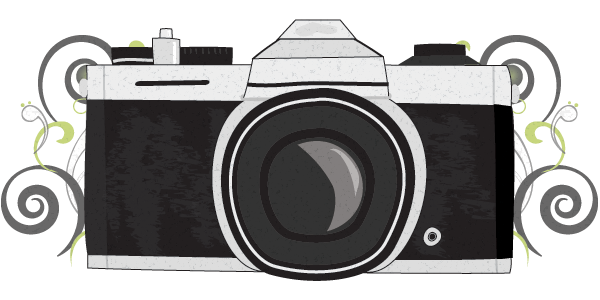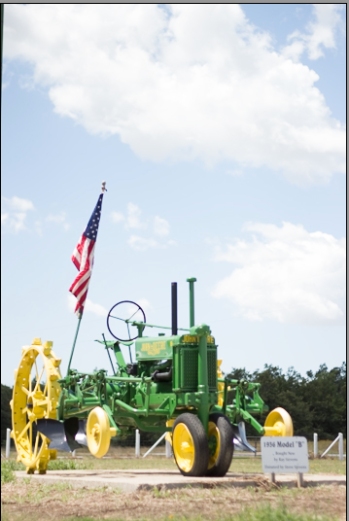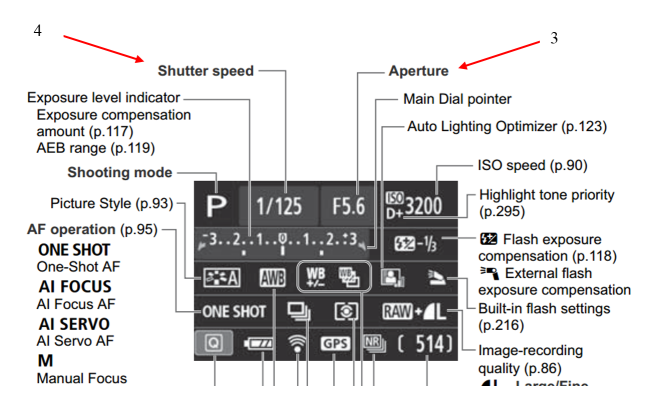So, Christmas lights are starting to pop up everywhere. And for the early birds, they’ve been up for a few weeks. It even becomes a holiday tradition to load up the family to ride around and look at Christmas lights at homes or through the town. So what is the best way to capture these very bright and intensive lighting displays? Well like all wonders of the world, Google has the answer. I viewed a couple articles and discovered a few tips.
1. Go at sunset, just before it gets dark. As compared to an hour after sunset, it was much darker and harder to capture the lights. It was also easier to underexpose the photo(make it darker) with some light as compared to lightening the photo at dark. 

f/1.8 1/1000th second ISO 200 f/1.8 1/100th second ISO 400
This photo was taken just after 5 when the sun was setting. But you’d never be able to tell that the sun was out. To capture the second photo, at dark, I had to make a drastic change to the shutter speed and modify the ISO, because it was much darker. And if you ask me, I prefer the one on the left, which is the photo taken during sunset.
2. Experiment with the white balance to create a cool effect. In this case I used tungsten to make the blue in the sky really pop. And this only works if the photos are taken while there is still sunlight. Notice the difference between the tungsten white balance and the auto white balance.
f/1.8 1/100th second ISO 400 f/1.8 1/100th second ISO 800
There’s something about tungsten photo (left) that really speaks to me. I like it. Now this may not be appropriate in all instances but it really added a nice effect to this photo. Other than the white balance the only thing changed was the ISO. The tungsten white balance added more light so a lower ISO was achievable, which is always desired. ISO of 800 is higher than I like to use anyway.
3. You’re not going to be able to control the background. There will people everywhere or an eclectic variety of lights. Embrace it. Capture a new perspective. There’s no use in fighting it or getting angry. In these photos I embraced the people, variety of lights, and opportunities to create a new perspective.
Check out these photos I took at the town square in Fayetteville, Arkansas on November 29th. The first two photo I was experimenting with the lights and then I obviously became infatuated with a horse’s tail. Go figure.
f/1.8 1/100th second ISO 800 f/1.8 1/100th second ISO 800 f/1.8 1/100th second ISO 800
The first photo has a lot of different lights colors combined. The second photo I really love and must admit it was an accident. A tree with multicolored lights was close and this was the result with the lowered aperture.
f/1.8 1/100th second ISO 400 f/1.8 1/100th second ISO 800
Green and red, nothing screams Christmas more than green and red lights! Or it could mean a red light, but you get the idea.
f/1.8 1/100th second ISO 400 f/1.8 1/200th second ISO 400
Notice how these three photos are of the same tree but they are all different. I was kind of obsessed with this tree. The couple walking made a nice addition to the middle photo, too.
f/1.8 1/100th second ISO 800 f/1.8 1/100th second ISO 800 f/1.8 1/100th second ISO 400
The very uncooperative reindeer that would NOT stand still. And there was horrible lighting and a pesky fence. I truly wish this was a high quality image but I still think it is a cute shot. He kept sticking his tongue out at me and walking away as if he knew what I wanted and wasn’t going to give it to me. And I assumed this was Dasher by the way he was acting.
f/1.8 1/100th second ISO 1600
Well, that’s all folks. I hope you’ve enjoyed these blogs. And remember Inspire, Capture, Ignite: Capture all of life’s greatest moments.
































